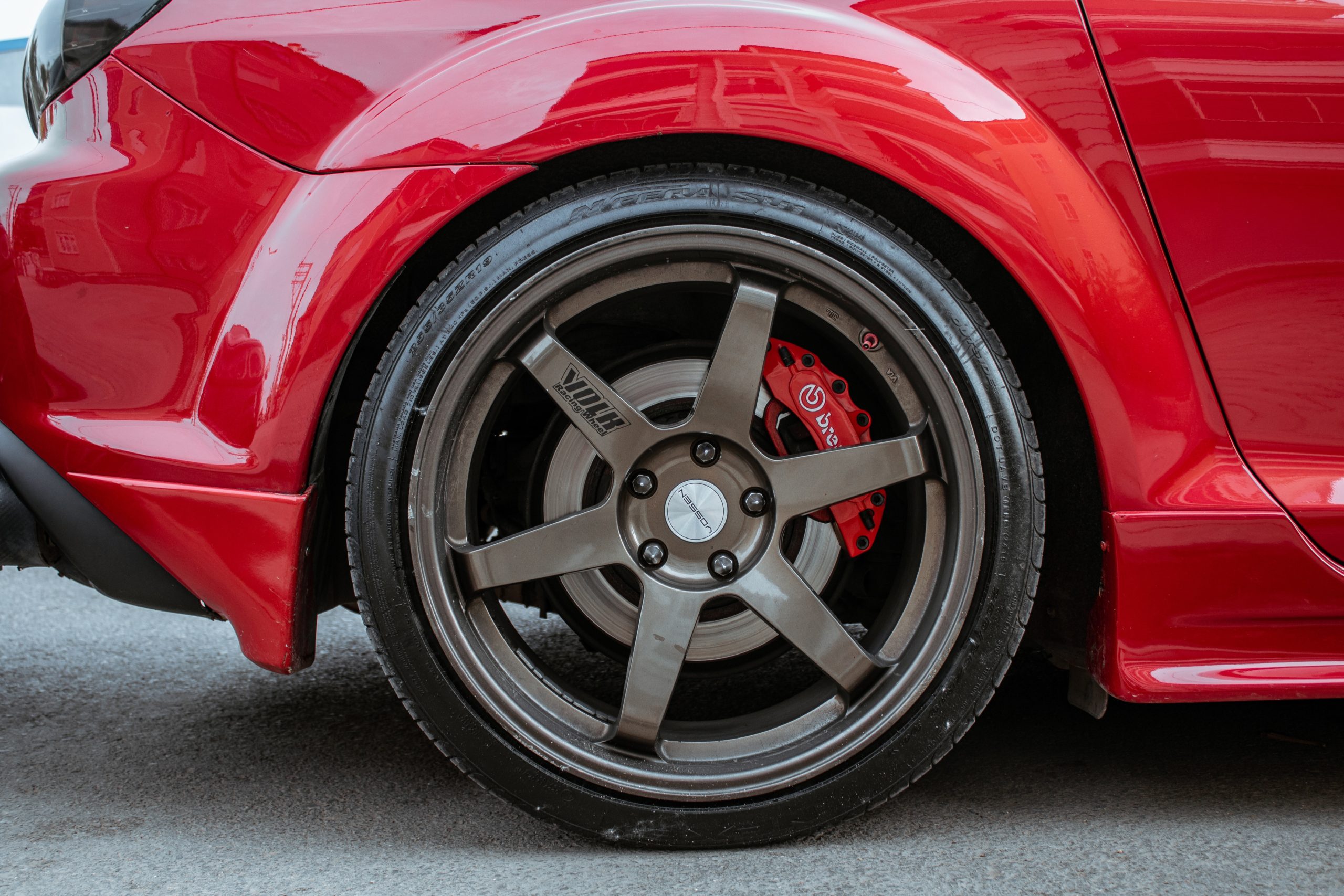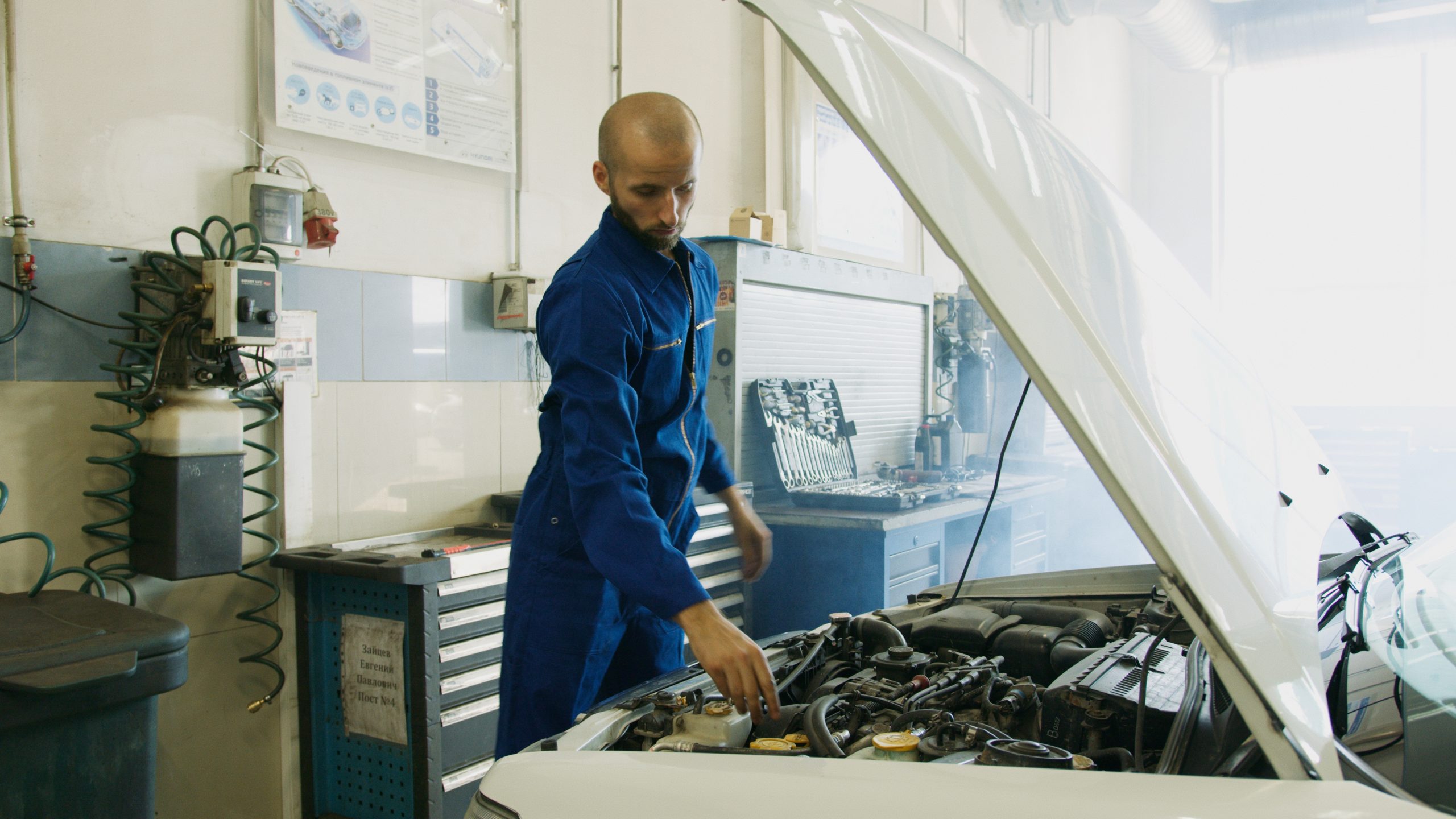Uneven Tire Tread Wear
Driving grants us the freedom to explore, but with that privilege comes the responsibility to ensure safety. A commonly overlooked aspect of road safety is the condition of our tires, the sole connections between the car and the road, essential for stability, control, and traction.
Uneven tire tread wear is a revealing indicator of potential problems with your tires, and understanding its signs is crucial for your safety and driving experience. In this part of our guide, we will delve into the various signs of uneven tire tread wear, helping you identify and rectify these issues effectively.
Signs of Uneven Tire Tread Wear
Regular inspections of your tires for these signs will allow you to catch and address any problems early, contributing to a safer and more enjoyable driving experience. Whether it’s the unusual appearance of cupping and scalloping, the tactile difference of feathering, or the biased wear on one side, keeping a vigilant eye on your tire’s tread can make all the difference on the road.
Causes of Uneven Tire Tread Wear
The complex issue of uneven tire tread wear can arise from various factors, each contributing to a misalignment of the tire with the road surface. Understanding these causes can help you prevent potential problems and ensure a smoother ride.
Prevention and Maintenance
To combat and prevent these causes of uneven tire tread wear, it’s essential to adopt a proactive approach to tire care:
By understanding the root causes of uneven tire wear and implementing these preventive measures, you can protect your investment in your tires and enjoy a safer, more comfortable driving experience.
Also Read: How To Fix Wobby Tire
Cracks or Bulges on the Sidewall
Signs of Cracks or Bulges on the Sidewall
Cracks or bulges on the sidewall are alarming indicators of a tire that may be deteriorating. Keeping an eye on these signs is crucial:
Causes of Sidewall Cracks and Bulges
Understanding what can lead to these sidewall imperfections can aid in prevention. Factors include:
These indicators serve as reminders to regularly inspect the sidewalls of your tires, being conscious of your driving habits, and adhering to weight limitations. By identifying the causes of sidewall damage and taking proactive measures, you can prolong the life of your tires and ensure a safer drive.
Prevention and Maintenance of Sidewall Issues
To ward off problems with your tire’s sidewalls, adopt these practices:
Persistent Vibrations While Driving
Warning Signs of Persistent Vibrations
Vibrations during your drive could hint at tire-related problems, such as:
Reasons Behind Persistent Vibrations
Vibrations can stem from:
Ways to Reduce Vibrations
Minimize unwelcome vibrations by:
Also Read : Why Tires Wear Out Too Fast
Diminished Tread Depth
Symptoms of Low Tread Depth
Pay attention to these indicators of inadequate tire tread depth:
Factors Leading to Low Tread Depth
Tire tread depth can diminish due to:
Steps to Preserve Tread Depth
Maintain optimal tread depth by:
Decrease in Tire Pressure
Signs of Decreased Tire Pressure
Look out for the following signs of a drop in tire pressure:
Causes and Solutions for Tire Pressure Reduction
Pressure in tires may drop due to:
To mitigate these issues, adhere to these practices:
Conclusion
Ensuring the health of your tires is paramount for both safety and comfort on the road. Regularly inspect for the signs of potential problems mentioned above, and act swiftly to address them. By adhering to preventive measures, you can enhance the lifespan and performance of your tires.
Stay vigilant for signs of uneven tire tread wear, sidewall cracks or bulges, persistent vibrations, diminished tread depth, and loss of tire pressure. By taking proactive steps and adopting responsible driving habits, you can enjoy a journey that is both safe and pleasurable.




